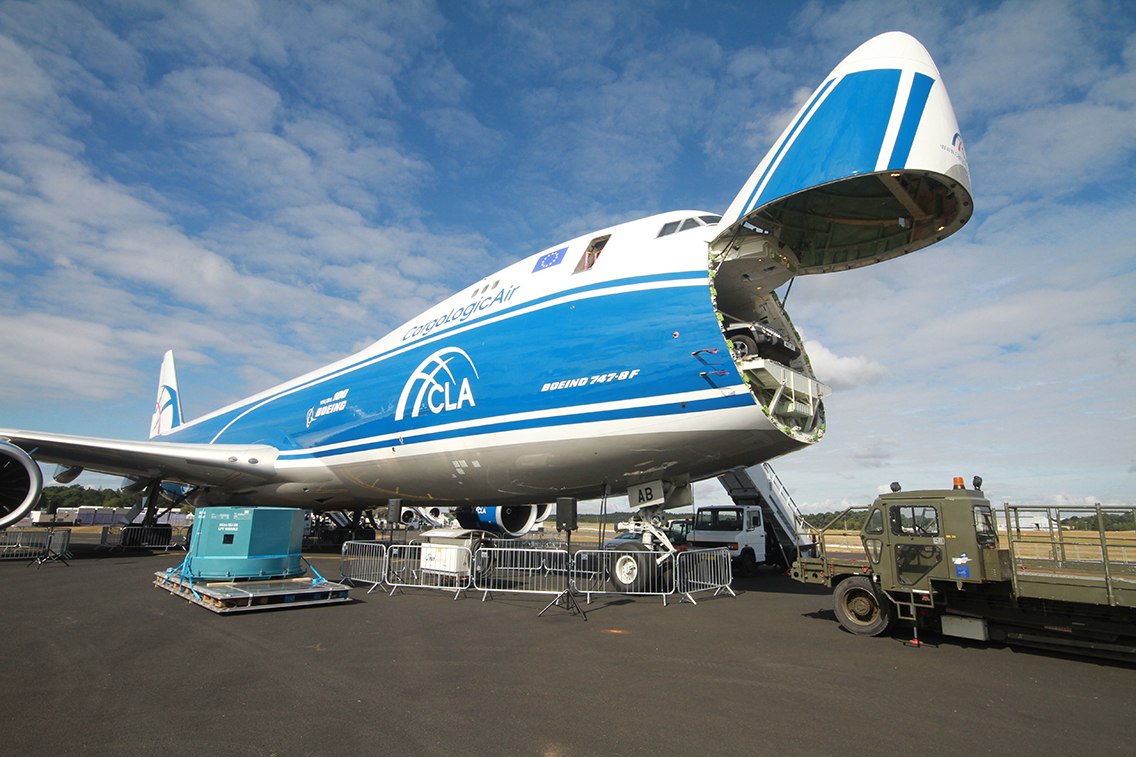The US-China trade war continues to drag down global airline activity with air cargo experiencing its ninth consecutive month of year-on-year falls and passenger figures showing a soft start to the northern hemisphere summer.
International Air Transport Association figures show global air freight markets contracted by 3.2 percent in July compared to the same period in 2019.
The Asia-Pacific, which accounts for more than third of air cargo, was particularly hard hit with volumes down 4.9 percent.
IATA attributed the fall to weak global trade — volumes are down 1.4 percent compared to a year ago — and the intensifying dispute between the US and China, where year-to-date trade volumes have fallen 14 percent compared to the same period in 2018.
Nor is there any sign the situation will improve: the global Purchasing Managers Index (PMI) pointed to falling manufacturing orders since September 2018 and all major trading nations are reporting falling orders for the first time since February 2009.
“Trade tensions are weighing heavily on the entire air cargo industry,’’ IATA director general Alexandre de Juniac said.
“Higher tariffs are disrupting not only transpacific supply chains but also worldwide trade lanes.
“While current tensions might yield short-term political gains, they could lead to long-term negative changes for consumers and the global economy. Trade generates prosperity.
“It is critical that the US and China work quickly to resolve their differences.”
Slowing global airline passenger demand growth in July saw what IATA described as a soft start to the northern summer peak, although all regions still saw traffic increases.
Total global traffic in July rose 3.6 percent compared to the same month in 2018, down from 5.1 percent annual growth in June.
Monthly capacity increased by 3.2 percent and the global load factor rose 0.3 percentage point to a new monthly record of 85.7 percent.
“July’s performance marked a soft start to the peak passenger demand season,’’ de Juniac said.
“Tariffs, trade wars, and uncertainty over Brexit are contributing to a weaker demand environment than we saw in 2018. At the same time, the trend of moderate capacity increases is helping to achieve record load factors.’’
IATA noted that July international passenger demand rose 2.7 percent compared to July 2018, which was a deceleration compared to the 5.3 percent growth recorded in June.
Asia-Pacific airlines saw their weakest monthly international growth since 2013 – 2.7 percent – while North American airlines saw traffic climb 1.5 percent compared to the previous July, down from growth of 3.5 percent in June.
The airline trade association said this reflected the slowdown in US and Canadian economies and the trade dispute.
There was better news for domestic travel demand with global traffic growth in markets tracked by IATA rising 5.2 percent.
This was up from 4.7 percent growth in June and the domestic load factor also inched up to 86.5 percent.
























